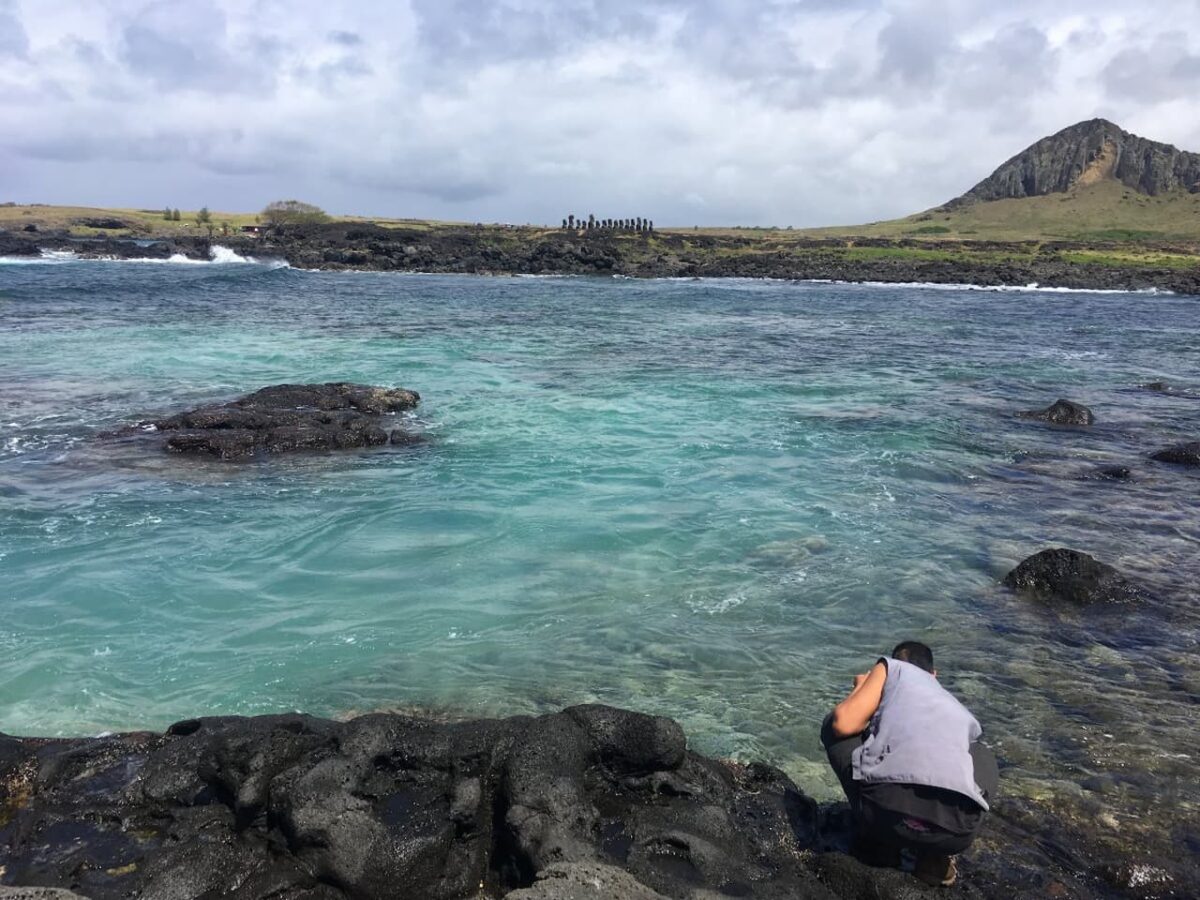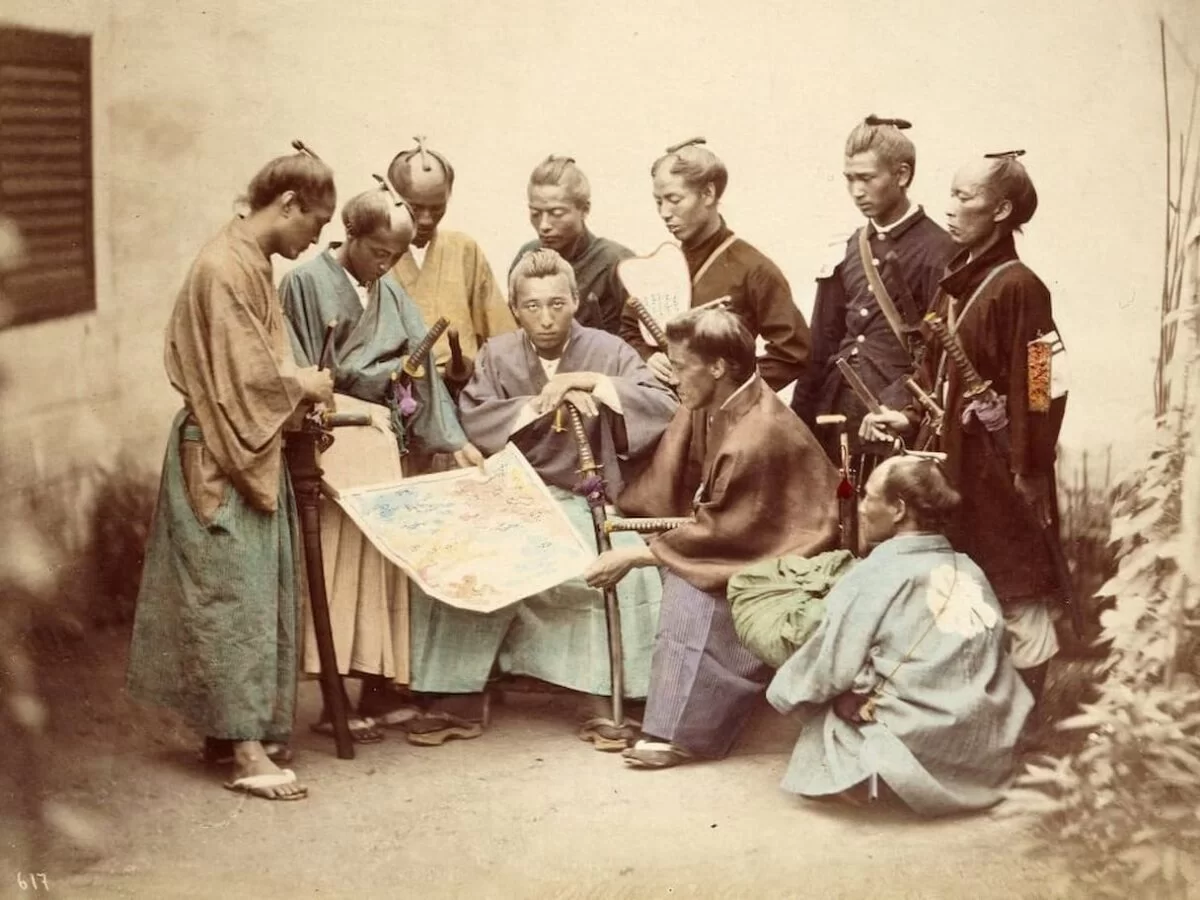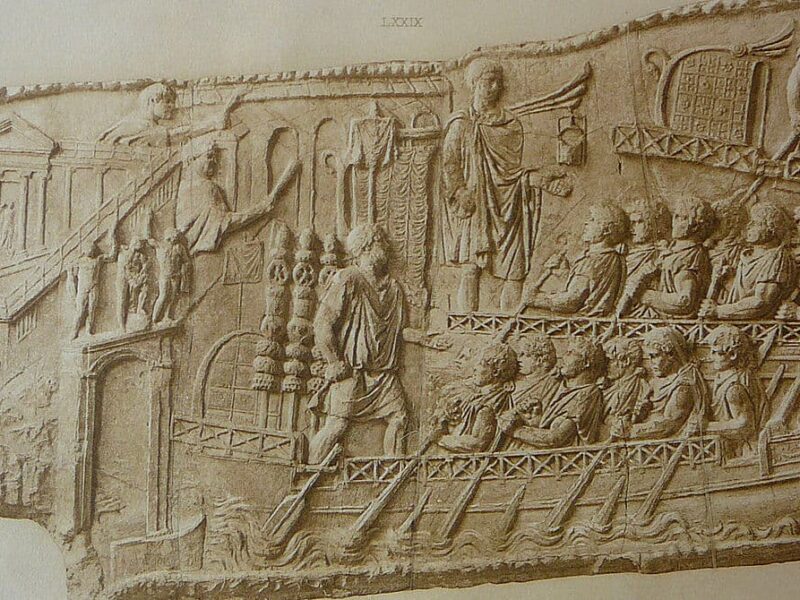A German resident in America trying to seize Hawaii for the Russians. It sounds convoluted, but it’s the most succinct summary of the strange historical episode that took place between 1815 and 1817, starring an unclassifiable German doctor when he saw the opportunity to conquer the Polynesian island following a minor incident. This event is known as the Schäffer Affair.
It all started with a shipwreck. On the night of January 30, 1814, a strong storm drove the ship Bering against the reefs of Waimea, an area in the southwest of the Hawaiian island of Kauai where James Cook had landed thirty-six years earlier, causing it to run aground.
The Bering had anchored there the previous day to trade with the natives, as its mission was to deliver supplies to what was called Russian America, the colonies the Russian Empire had in Alaska and California since 1733 (although they were not official until 1799), taking advantage of Spain’s neglect of them after abandoning the first and being unable to act in the second due to the French invasion.

These possessions were, in reality, mere coastal trading posts for fur trade, managed as a monopoly by the RAC, the Russian-American Company under the Supreme Patronage of His Imperial Majesty, responsible for delivering supplies and other products they lacked due to their isolation from usual maritime routes. Such was the mission that the company manager and colonial governor, Alexander Andreyevich Baranov, entrusted to the American captain James Bennett.
To do this, he had given him furs and other goods worth about a hundred thousand rubles to be used as currency in kind to exchange mainly for food in Hawaii, from where they would be transported to the aforementioned Russian America. Why from there? Because the RAC was responsible for the first Russian circumnavigation of the globe carried out by Adam Johann von Krusenstern and Nikolai Petrovich Rezanov between 1803 and 1806, during which they made a stop in the archipelago and were received by King Kamehameha I, the monarch who had unified and founded the Kingdom of Hawaii, with their ships visiting the island sporadically thereafter.
However, although a vassal of Kamehameha, Kauai was governed by the aliʻi nui (chief) Kaumualii, who had resisted the sovereign’s campaign and only agreed to submit to him in the face of the formidable fleet he assembled, which included cannons installed on war canoes and even schooners provided by foreigners, interested in having stability to trade without submitting to the particular whims of each ruler.

The two rivals negotiated an agreement in which Kamehameha allowed Kaumualii to rule in his name, and he tended to act independently. This is what he did in the Schäffer Affair.
After the Bering ran aground, he reached an agreement with Bennett to keep the wreck in exchange for housing the sailors until their rescue, but perhaps due to a lack of understanding in the translation or perhaps because the aliʻi nui deceived the sailor, the Hawaiians took all the merchandise when they were only granted the remains of the ship.
At least that’s the version Bennett gave two months later, when he and his crew were evacuated. Both he and other company captains demanded that Baranov organize a punitive expedition to recover the cargo, but the Russian manager, after a heated debate, decided it would be a peaceful delegation.

Thus, a ship called Isabella was chartered, setting sail from the colony of New Archangel (now Sitka, Alaska) to Hawaii in October 1815. This is where Georg Anton Schäffer came into the picture, who, despite being the simple doctor aboard another ship, the Suvorov, was given command because no other officer was available. He was born in Münnerstadt (Bavaria) in 1779. The son of a distillery owner who paid for his university education in Würzburg, he entered the Russian army as a surgeon in 1812 as his country was part of the Sixth Coalition against Napoleon. It is known that he participated in the project of a fusiform hot air balloon that the inventor Franz Leppich tried to build during the French invasion of Russia to bomb the enemy, but the following year he was assigned to the Suvorov.
Originally, it was the captain of that ship who received the command, but Baranov dismissed him due to disagreements and appointed Schäffer in his place, believing that a doctor would be less aggressive on a mission he wanted to proceed within the limits of diplomacy.
In fact, he was explicitly instructed to contact King Kamehameha to reach an agreement: to return in kind, specifically in sandalwood (a type of tree highly valued for its wood and oil), the value of the seized goods as the start of a monopoly that could be beneficial for both parties, under the threat of a military intervention in Kauai and the detention of Kaumualii.

Since only Schäffer’s testimony is preserved, it is difficult to know exactly what happened. According to his account, he arrived at the archipelago in November 1816, but his meeting with the king failed due to the influence the king received from the Briton John Young, whose assistance in advice and military equipment had been crucial during the aforementioned unification. Now, as his chief advisor and interpreter, Young made the king distrust the good intentions of the Russians. Only the medical attention that the German provided to Kaʻahumanu, Kamehameha’s favorite wife (who had more than twenty), allowed harmony to be restored, as they thanked him by granting him lands to establish a trading factory on the island of Oahu.
Schäffer indeed settled there and planted new crops such as tobacco, corn, and watermelons, but his stay was uncomfortable due to the opposition of the Anglo-Saxons to his presence, whom he would even accuse of trying to kill him. In February 1816, another Russian ship, the Otkrytie, arrived in Kauai with reinforcements but with specific instructions from the man in charge, Lieutenant Podushkin, to avoid the use of force as much as possible.
Two months later, they moved to Honolulu, where they coincidentally arrived at the same time as a third ship, the Ilmen. After another unsuccessful meeting with Kamehameha, Schäffer took absolute command and sailed with the fleet to the other island.

There, he was received by Kaumualii, who had no problem negotiating with the foreigners apart from his king and agreed to compensate them for the Bering cargo, granting them the monopoly of island sandalwood in exchange for being named sovereign of the Sandwich Islands (the name Cook had given the archipelago), Kauai, and Nilhau, as well as the prince heir of Oahu, Maui, and Lanai. To corroborate it officially, he dressed in the Imperial Navy uniform and raised the company flag, declaring his loyalty to Tsar Alexander I.
In June, he even offered the Russians half a thousand auxiliary warriors to conquer these islands plus Molokai. Meanwhile, they had begun the construction of several forts, the most important and armed being the one named Fort Elizabeth (today Russian Fort Elizabeth State Historical Park).
The conversion of Hawaii into a Russian protectorate seemed on track, and Schäffer wrote to Baranov asking for an expeditionary force to occupy all the mentioned islands. He even provided two ships he had acquired, one of which, called Avon, he sent to New Archangel with its original owner to receive payment for the transaction. Both the owner and the German must have been unpleasantly surprised when Baranov replied that the RAC would not finance the cost of the ships and denied authorization for this conquest project. In other words, the actions taken so far did not officially represent Russian government policy.

Such a disavowal forced Schäffer to evacuate the factory he had established in Oahu. When the brig Rurick of the Imperial Navy, captained by Otto von Kotzebue (one of the officers who had taken part in the round-the-world voyage years earlier and now was searching for the famous Northwest Passage), appeared in December, Kamehameha feared the worst, given that it carried four hundred men on board. However, Kotzebue made it clear that neither he nor the tsar supported his compatriot’s venture and left without even visiting him.
Then the British and Americans entered the fray, offering the king a squadron of five units to face the danger. One of them, the O’Cain, anchored in Kauai at the end of June 1817 and disembarked a detachment aiming to restore royal power, but Kaumualii’s guard, armed with Russian rifles, repelled them.
Despite everything, things turned for the worse for Schäffer, who saw all his collaborators abandon him by the end of June except, ironically, the American George Young, captain of the ship Kadyak, whom he sent on board the Ilmen to New Archangel requesting help for the Kadyak, which was leaking in Honolulu. But once again, the company did not fall for the trap; the Americans saved the ship for its sandalwood cargo, and the German, more alone than ever, had no choice but to abandon the fort where he had entrenched himself.

That same summer, Schäffer boarded for China accompanied by the Russian and Aleutian sailors of the Kadyak. From Macao, he went to Rio de Janeiro and from there to Europe. He did not definitively say goodbye to his eccentric dream of conquering Hawaii because he still sent a memorandum blaming the Americans and warning of the danger they posed to Russian America if allowed to act freely in the Pacific, requesting a new expedition. This situation sparked a debate that lasted until 1821. Then, the quarter-million ruble hole he left in the company, combined with the tsar’s manifest displeasure with the matter, led to his dismissal and a lawsuit, although in the end, there was a settlement between both parties.
The German was not entirely wrong because the US established a consulate in Honolulu and helped Kamehameha’s successor, his son Liholiho (who called himself Kamehameha II after his father’s death in 1819), to defeat the recalcitrant Kaumualii. The latter’s son, Humehume, would still lead a revolt in 1824 but failed. Meanwhile, Schäffer embarked on another bizarre adventure by leading the founding of the first German colony in Brazil. He brought fifty immigrants to a pioneering settlement he named Frankenthal (in Bahia) and then repeated with five thousand more in other parts of the country.
Incidentally, he warned bachelors that they would have to serve a time in the Brazilian army being set up by Emperor Pedro I. The emperor did not accede to the doctor’s wish to receive a marquisate or an embassy in Europe, and thus, the inimitable Dr. Georg Anton Schäffer died in Jacarandá in 1836.
This article was first published on our Spanish Edition on August 21, 2019: Cómo un alemán intentó conquistar Hawai para el Imperio Ruso
Sources
Edward Joesting, Kauai. The separate kingdom | Peter R. Mills, Hawaii’s russian adventure. A new look at old history | Richard A. Pierce, Russia’s hawaiian adventure, 1815–1817 | Lydia Black, Russians in Alaska 1732-1867 | Wikipedia
Discover more from LBV Magazine English Edition
Subscribe to get the latest posts sent to your email.




















